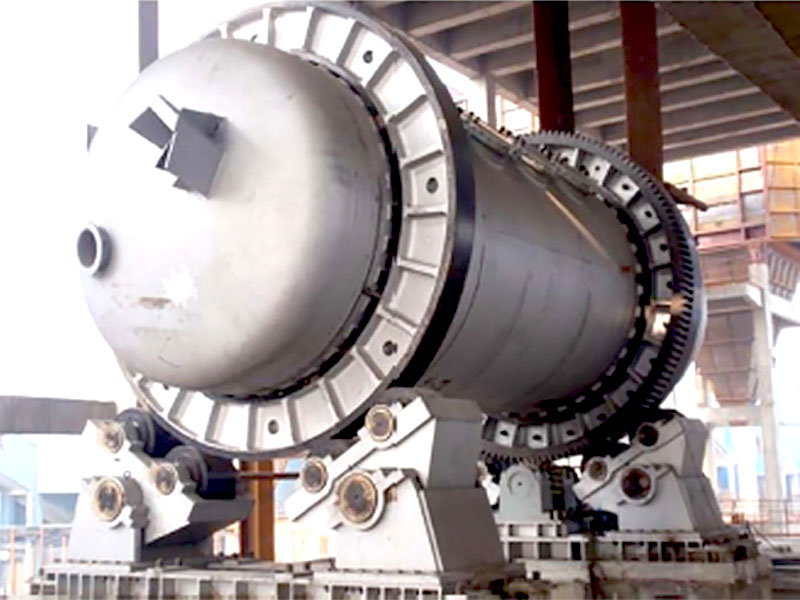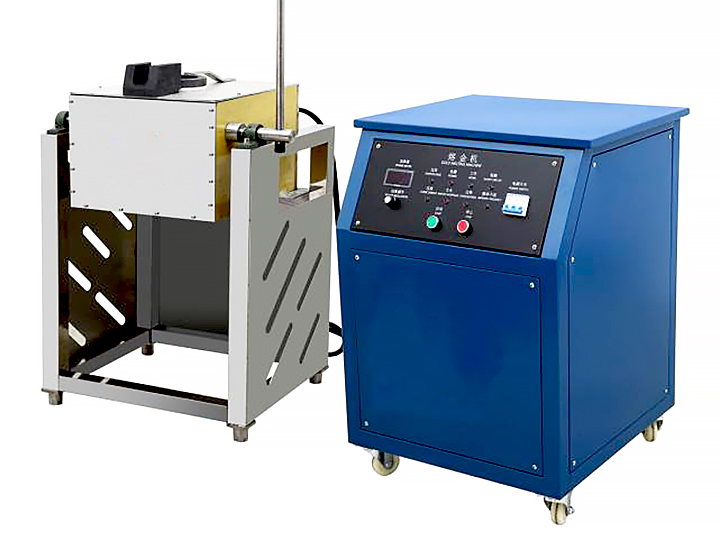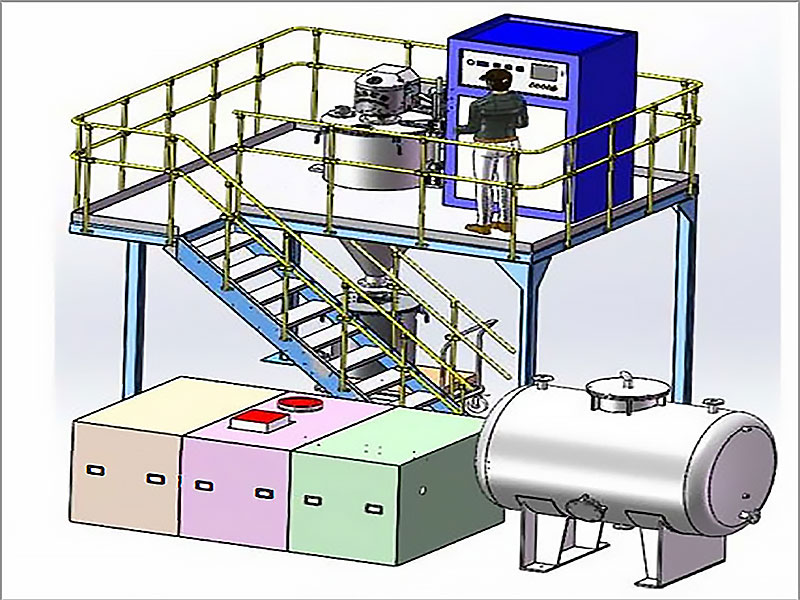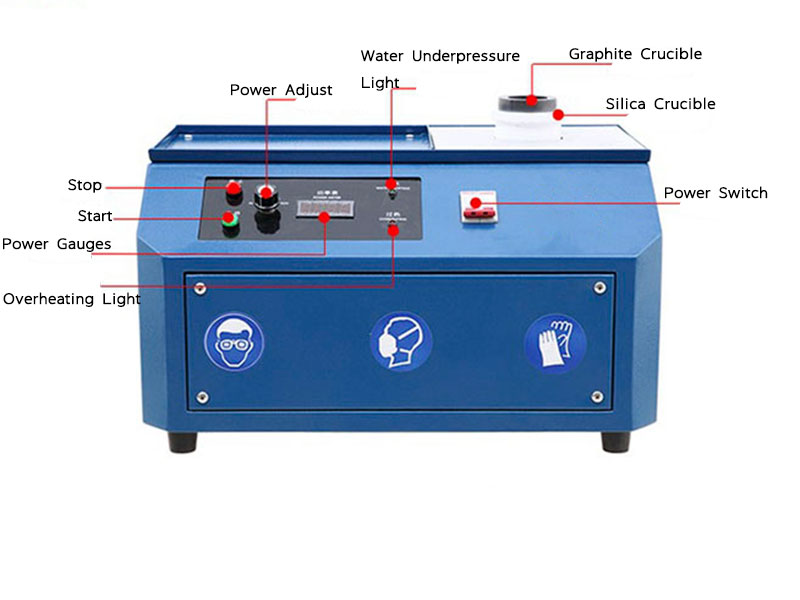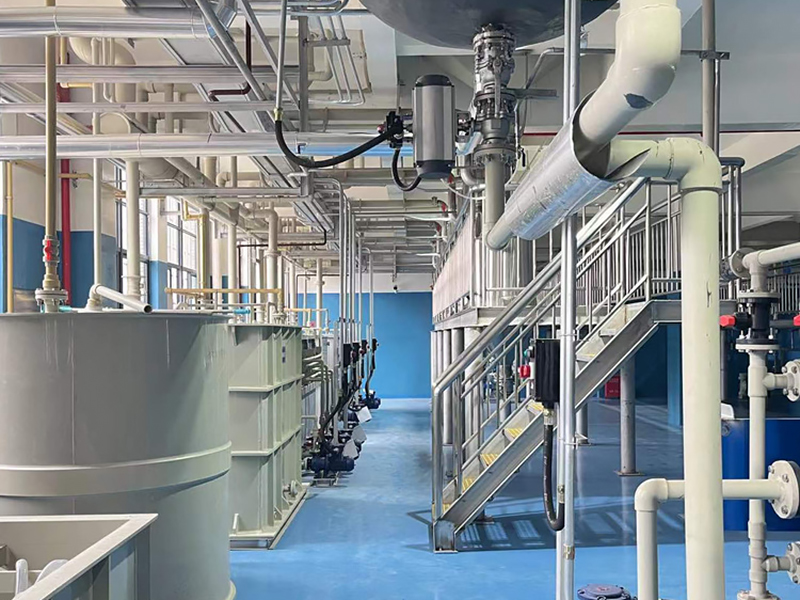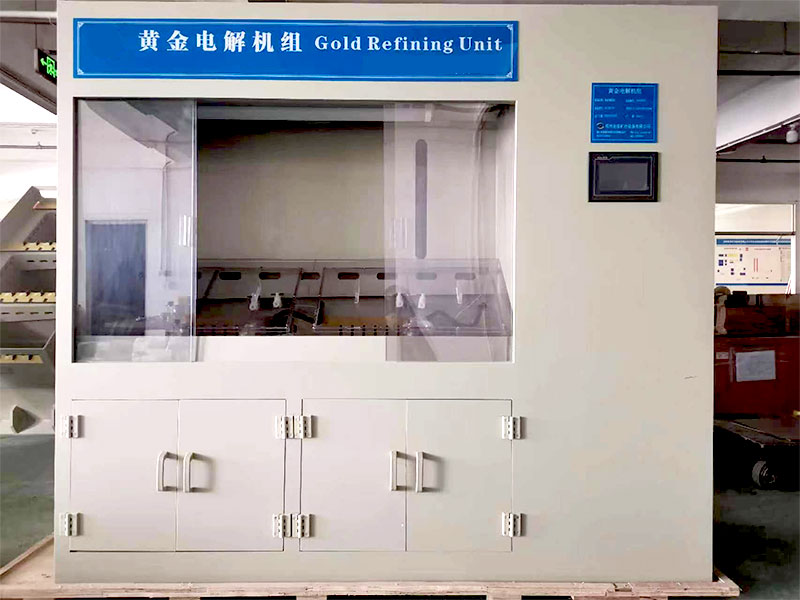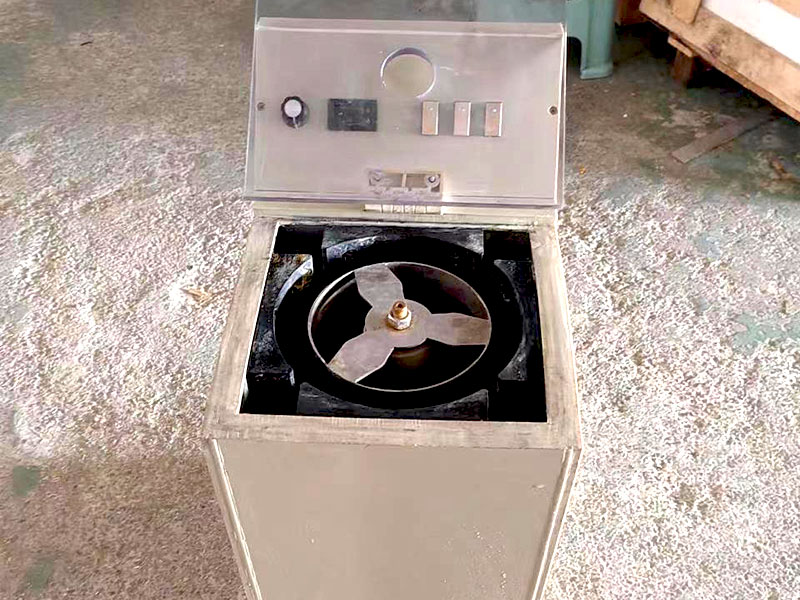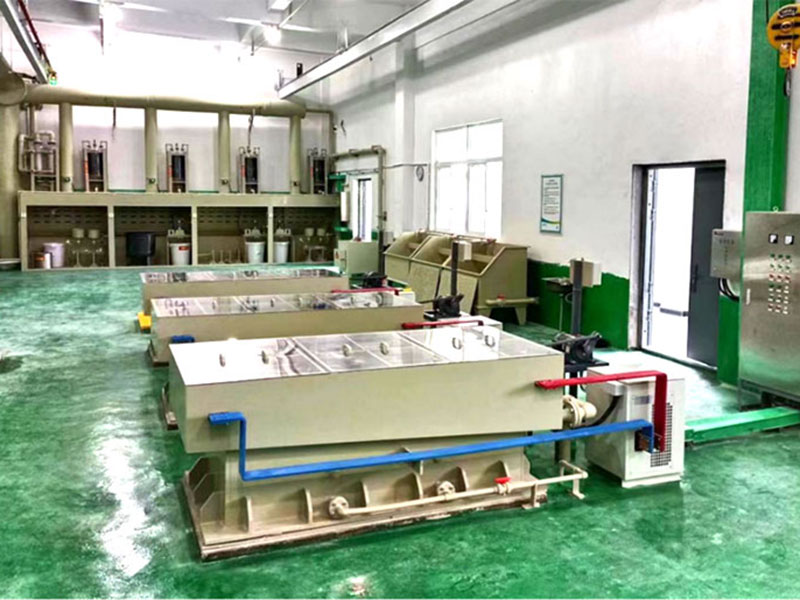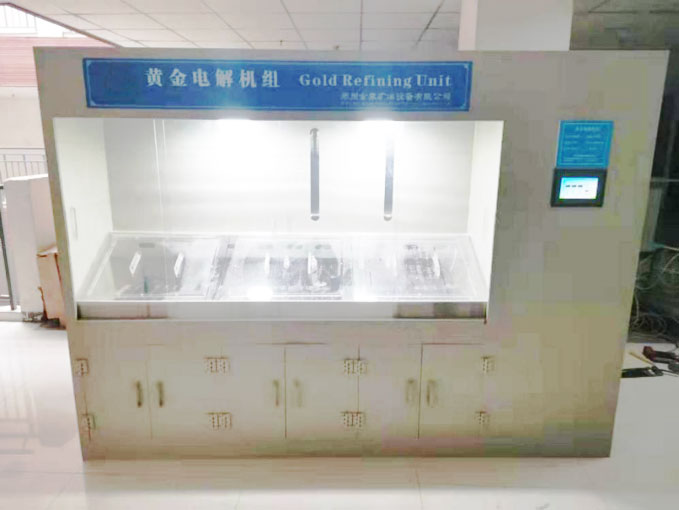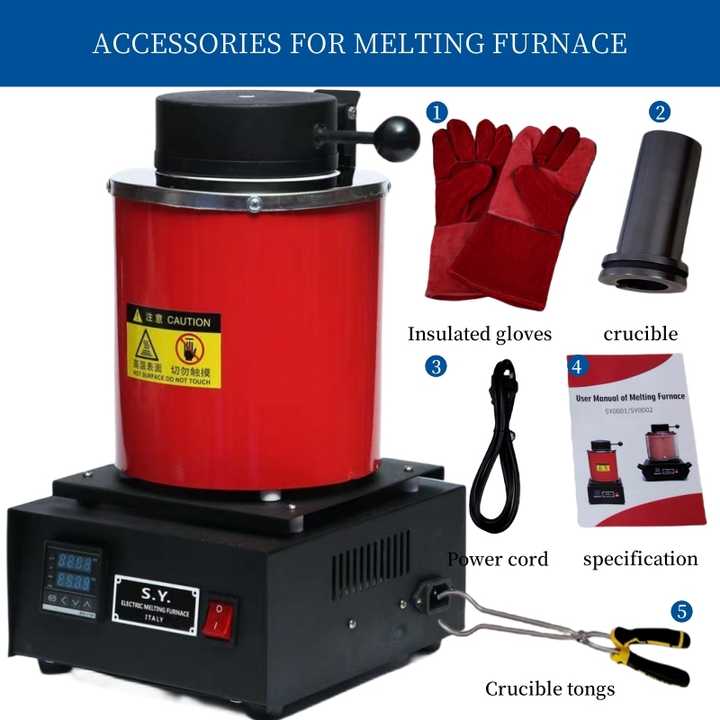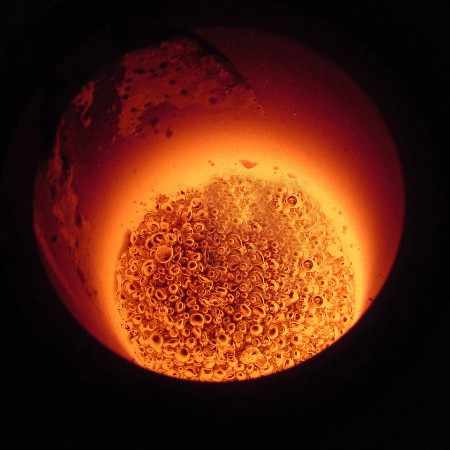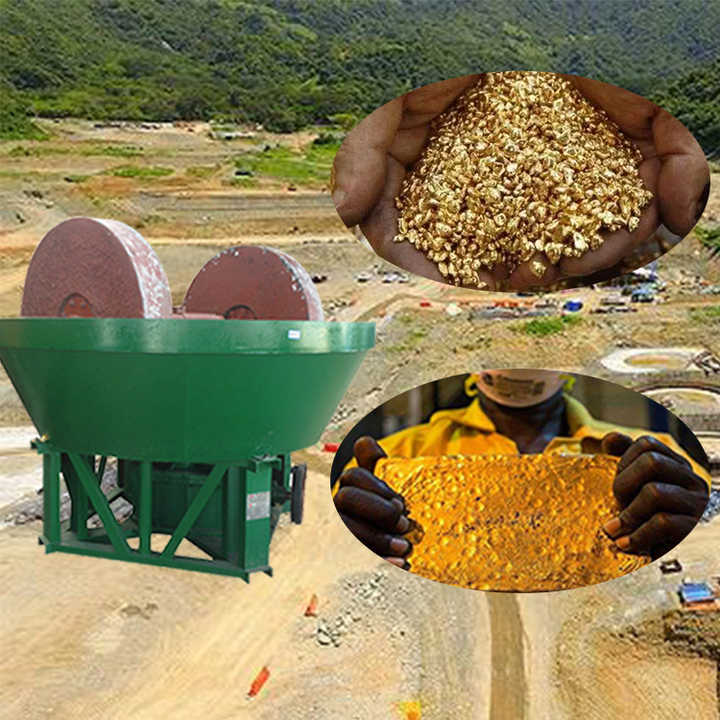gold and silver smelting equipment
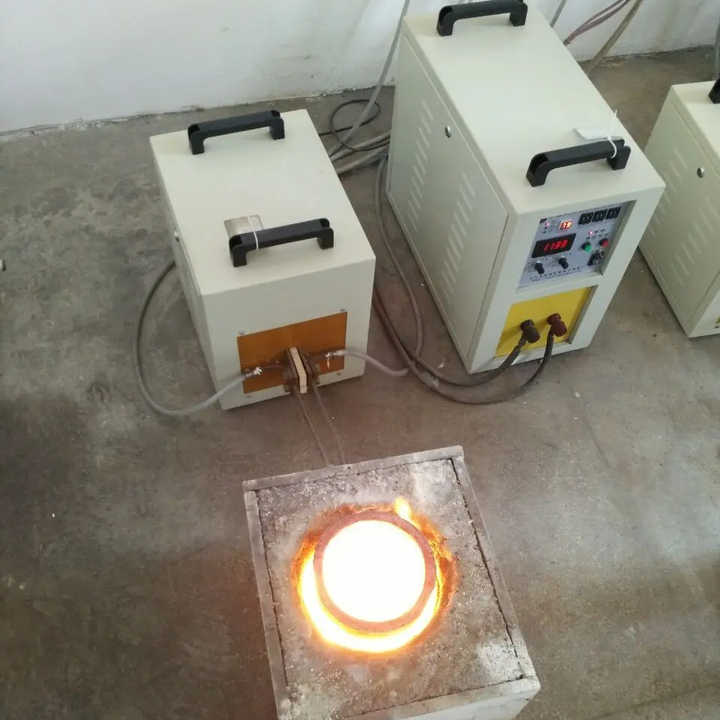
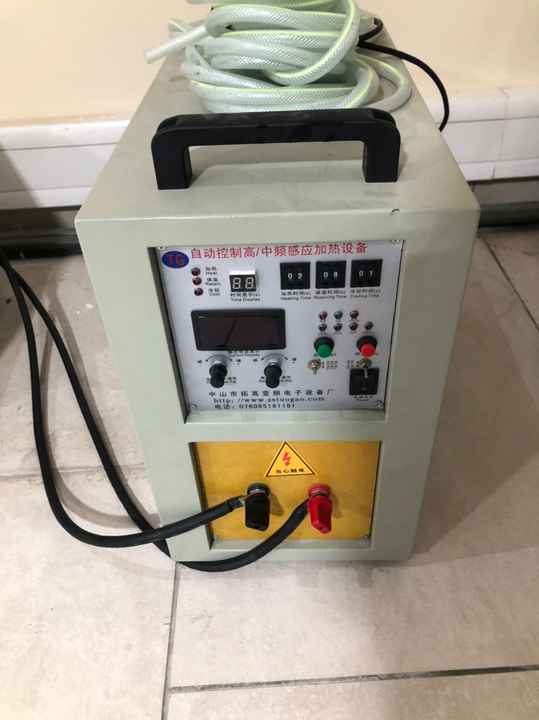
Gold and silver smelting is a critical process in the refining of precious metals, transforming raw materials into pure, usable forms. The right equipment is essential to ensure the efficiency, safety, and quality of the smelting process. This article explores the various types of gold and silver smelting equipment, their applications, and important considerations when selecting the right tools for your needs.
Understanding Gold and Silver Smelting
The process of smelting involves heating raw ore or scrap metal to high temperatures to extract pure gold and silver. This process not only melts the metals but also separates impurities, resulting in refined, high-purity metals. The success of this process depends heavily on the quality and suitability of the gold and silver smelting equipment used.
The Importance of Quality Smelting Equipment
High-quality gold and silver smelting equipment is crucial for achieving optimal results. Poor-quality equipment can lead to inefficient smelting, loss of precious metals, and safety hazards. Investing in reliable, well-designed equipment ensures that the smelting process is both effective and safe.
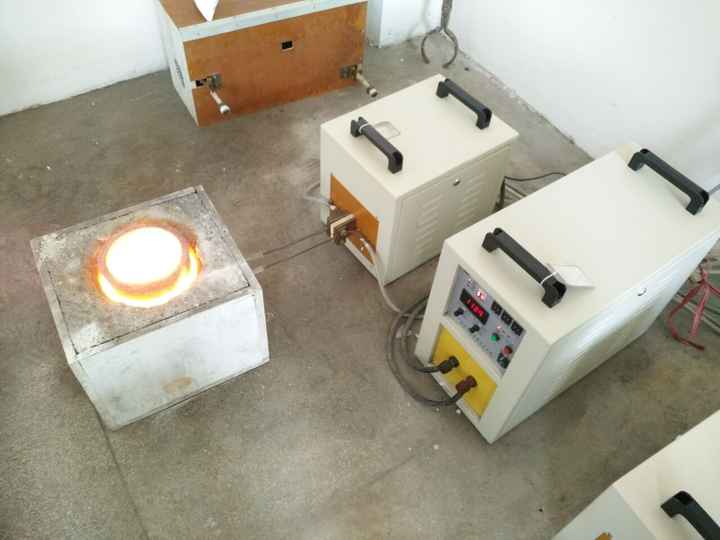
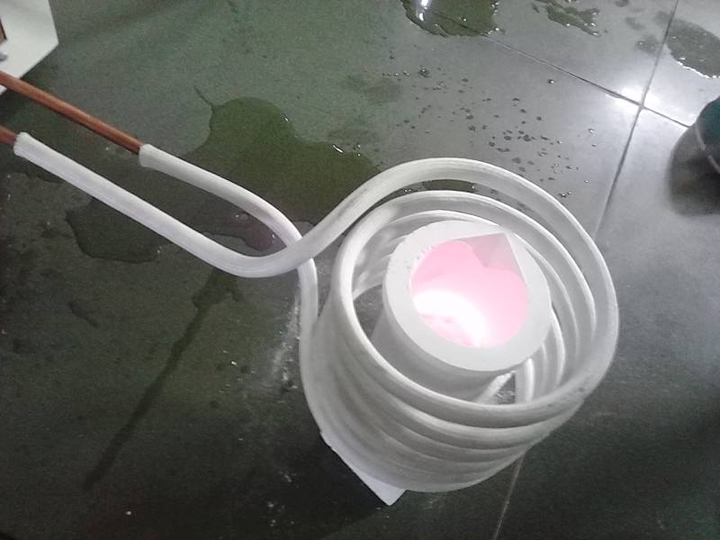
Types of Gold and Silver Smelting Equipment
There are various types of gold and silver smelting equipment available, each designed for different scales of operation and specific needs. Understanding the different types of equipment can help you choose the right tools for your smelting process.
Crucibles for Gold and Silver Smelting
Crucibles are one of the most essential pieces of gold and silver smelting equipment. These are heat-resistant containers used to hold the metal during the smelting process. Crucibles are typically made from materials like graphite or ceramic, which can withstand the high temperatures needed for smelting.
Graphite Crucibles
Graphite crucibles are commonly used for smelting gold and silver due to their excellent thermal conductivity and resistance to chemical reactions. They are durable and provide uniform heating, making them ideal for high-temperature applications.
Ceramic Crucibles
Ceramic crucibles are another popular choice for smelting, offering high resistance to heat and thermal shock. They are less conductive than graphite but provide excellent insulation, which can be beneficial in certain smelting scenarios.
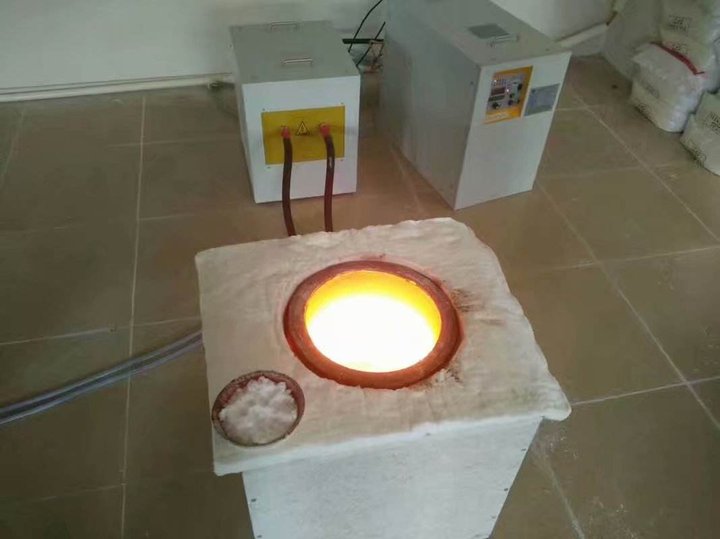
Furnaces for Gold and Silver Smelting
Furnaces are another critical component of gold and silver smelting equipment. These devices provide the intense heat required to melt metals and separate impurities.
Electric Furnaces
Electric furnaces are widely used in small to medium-scale smelting operations. They offer precise temperature control, which is essential for achieving the correct melting points of gold and silver. Electric furnaces are also energy-efficient and relatively easy to operate, making them a popular choice for both hobbyists and professionals.
Induction Furnaces
Induction furnaces use electromagnetic induction to generate heat, offering rapid and uniform heating. These furnaces are highly efficient and are often used in larger-scale smelting operations. The precise temperature control and energy efficiency make induction furnaces an excellent option for refining both gold and silver.
Propane Furnaces
Propane furnaces are a versatile and portable option for smelting. They are especially useful in outdoor or small-scale operations where electric power may not be readily available. While they may not offer the same level of temperature control as electric or induction furnaces, they are effective for melting gold and silver in various conditions.
Molds and Tools for Smelting
In addition to furnaces and crucibles, other gold and silver smelting equipment includes molds and tools that assist in shaping and handling the refined metals.
Ingot Molds
Ingot molds are used to shape molten gold and silver into bars or other desired forms. These molds are typically made from cast iron or graphite and are designed to withstand the high temperatures of molten metal. Using the right ingot molds ensures that the refined metal cools evenly and forms the desired shape without defects.
Tongs and Safety Tools
Tongs are essential for safely handling crucibles and ingots during the smelting process. These tools must be heat-resistant and sturdy enough to handle the weight and temperature of the molten metal. Additionally, safety equipment such as heat-resistant gloves, goggles, and protective clothing is critical to ensure the safety of the operator.
Factors to Consider When Choosing Gold and Silver Smelting Equipment
When selecting gold and silver smelting equipment, several factors must be considered to ensure that the equipment meets your specific needs and operational requirements.
Scale of Operation
The scale of your smelting operation is one of the most important considerations when choosing equipment. Small-scale operations may only require basic tools and a small furnace, while larger-scale operations may need more advanced equipment like induction furnaces and multiple crucibles.
Material Compatibility
Different types of equipment are designed to handle different metals and temperatures. It’s essential to choose equipment that is compatible with both gold and silver, as these metals have different melting points and properties. Ensuring compatibility helps avoid damage to the equipment and ensures efficient smelting.
Budget and Cost Efficiency
Cost is always a consideration when investing in gold and silver smelting equipment. While it may be tempting to opt for cheaper options, investing in high-quality equipment often results in better efficiency, longer lifespan, and safer operation. It’s important to balance initial costs with long-term benefits to choose the most cost-effective solution.
Safety Features
Safety should be a top priority when selecting smelting equipment. Look for furnaces with built-in safety features such as automatic shut-off, temperature controls, and ventilation systems. Additionally, ensure that all tools and protective gear meet safety standards to minimize risks during operation.
Maintenance and Care for Gold and Silver Smelting Equipment
Proper maintenance of your gold and silver smelting equipment is essential to ensure its longevity and optimal performance.
Regular Cleaning and Inspection
Regular cleaning of crucibles, furnaces, and molds is necessary to remove any residues that could affect the quality of the smelting process. Additionally, inspecting the equipment for wear and tear helps identify any issues before they lead to more significant problems.
Replacement of Worn Parts
Over time, parts of the smelting equipment may wear out and need replacement. Using genuine replacement parts and performing timely maintenance can prevent breakdowns and ensure that the equipment continues to function efficiently.
Storage and Handling
Proper storage of gold and silver smelting equipment is crucial to prevent damage when not in use. Store equipment in a dry, cool place, and handle it with care to avoid unnecessary wear and tear.
Investing in the right gold and silver smelting equipment is crucial for anyone involved in the refining of precious metals. Whether you are a hobbyist or a professional, selecting high-quality crucibles, furnaces, and molds ensures efficient, safe, and successful smelting operations. By understanding the different types of equipment available and considering factors such as scale, compatibility, budget, and safety, you can choose the best tools to meet your specific needs. Proper maintenance and care of your equipment will further enhance its performance and longevity, making your smelting endeavors more productive and rewarding.

